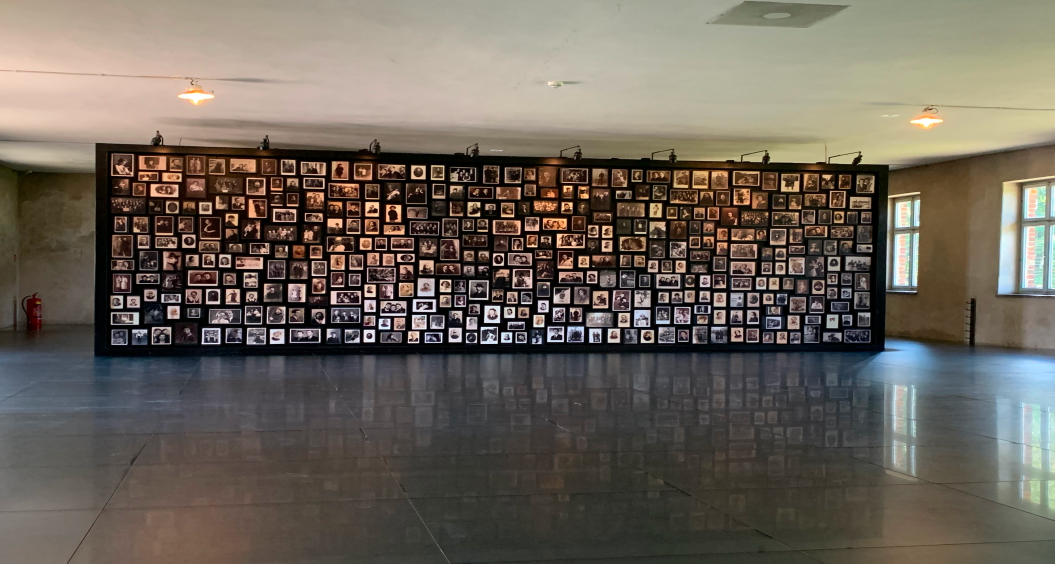
A Charter for the specificities of Holocaust Heritage
by Safeguarding Sites team members Gilly Carr, Steve Cooke, and Margaret Comer
Holocaust sites are inherently complex. They are the product of ever evolving memorialization practices and at times contradictory and contentious memories of the past. The IHRA Safeguarding Sites Charter for Best Practice will address these complexities – rarely accounted for in general heritage charters – directly. With its practical and inter-disciplinary approach, it will provide communities, site directors and staff, and governments with crucial guidance on why and how to safeguard sites of the Holocaust.
The methodology behind drafting the IHRA Charter rests on three pillars: comparison with other charters; advice from practitioners, academics, and other experts; and real-life practice in the field. This approach has allowed the project team to develop a practical tool that can be applied by all involved in safeguarding sites of the Holocaust and the genocide of the Roma.
Building on existing heritage charters
Most heritage charters or conventions, such as the International Charter for the Conservation and Restoration of Monuments and Sites (the Venice Charter, 1964), UNESCO’s World Heritage Convention (1972), and, more recently, the Australia ICOMOS Burra Charter (2013), were originally conceived and designed to identify and protect sites representing – and even celebrating – the “positive” side of human achievement. They underlined that such sites were significant and should be safeguarded.
While these foundational documents have provided widely adopted guidelines for the conservation and management of cultural heritage places, few address the specific considerations that accompany safeguarding sites as brutally “negative” as the Holocaust. Although work to fill this gap has begun – the World Heritage Committee has recently commissioned reports and discussion papers on sites associated with Memories of Recent Conflicts, for example – there is still much to be done.
The IHRA laid the groundwork for continued engagement with this topic by adopting the International Memorial Museums Charter, which recommended safeguarding the pasts and narratives of marginalized groups, as well as protecting the authenticity of sites and responsibly presenting controversial narratives. Adopted in 2012, the charter provided a helpful starting point for the IHRA Safeguarding Sites project team, whose newly drafted charter will apply to Holocaust sites beyond memorial museums.
The IHRA Safeguarding Sites Charter will add to this discussion and offer further reasons to protect such places. These include safeguarding evidence of crimes, bearing witness to suffering, and allowing space to grieve as well as learn. The IHRA’s Safeguarding Sites Charter will contain guidelines for best practice that aim to apply such protection to thousands of sites of the Holocaust and genocide of the Roma across Europe. The guidelines acknowledge the critical and particular importance of protecting sites of “difficult” histories and include guidance specifically aimed at helping experts, site managers, and governments achieve this.
Inter-disciplinary consultation
The Safeguarding Sites project team comprises IHRA delegates who work as academics in the fields of Holocaust heritage and history, as well as those who work for Holocaust museums and memorials, and in governments and international heritage organizations. The team is further advised by IHRA delegates with experience in facilitating good practice at Holocaust and genocide of the Roma sites. The project also has external advisors, both academic and practitioner, and representatives from organizations such as UNESCO, the Council of Europe, and the International Coalition of Sites of Conscience. It has also organized workshops with prominent directors of memorial museums to scrutinize the draft Charter.
Applying learnings from the field
The guidelines include initiatives that can be undertaken at the site level, but they also recommend steps that can only be enacted with the cooperation of national, regional, or local governments. To ensure that their recommendations could be practically implemented, the IHRA Safeguarding Sites project team has placed great emphasis on including site visits into their drafting approach.
Site visits serve a variety of functions. For one, they allow the IHRA team to test whether their drafted Charter can be used to address challenges being faced on the ground. They are also crucial to the team’s information-gathering process. The team has found that all Holocaust sites are facing challenges today, and that many have already developed creative ways of addressing such challenges. This observed creativity and best practice is fed back into the draft Charter – and then tested again.
Site visits are also crucial for helping the team appreciate the degree to which sites have changed since the end of the war; such observations allow the project team to remove any naivety and impractical idealism from their guidelines.
Looking ahead
Halfway through the project timeline, the project team will gather all their associated experts and advisors for a workshop at Auschwitz-Birkenau to observe the challenges faced by the site, the memorial’s responses to these, and to scrutinize the latest draft of the Charter with the help of their Polish hosts. The team anticipates that this will form an important milestone in the project.
Sign up to our newsletter to
receive the latest updates
By signing up to the IHRA newsletter, you agree to our Privacy Policy




